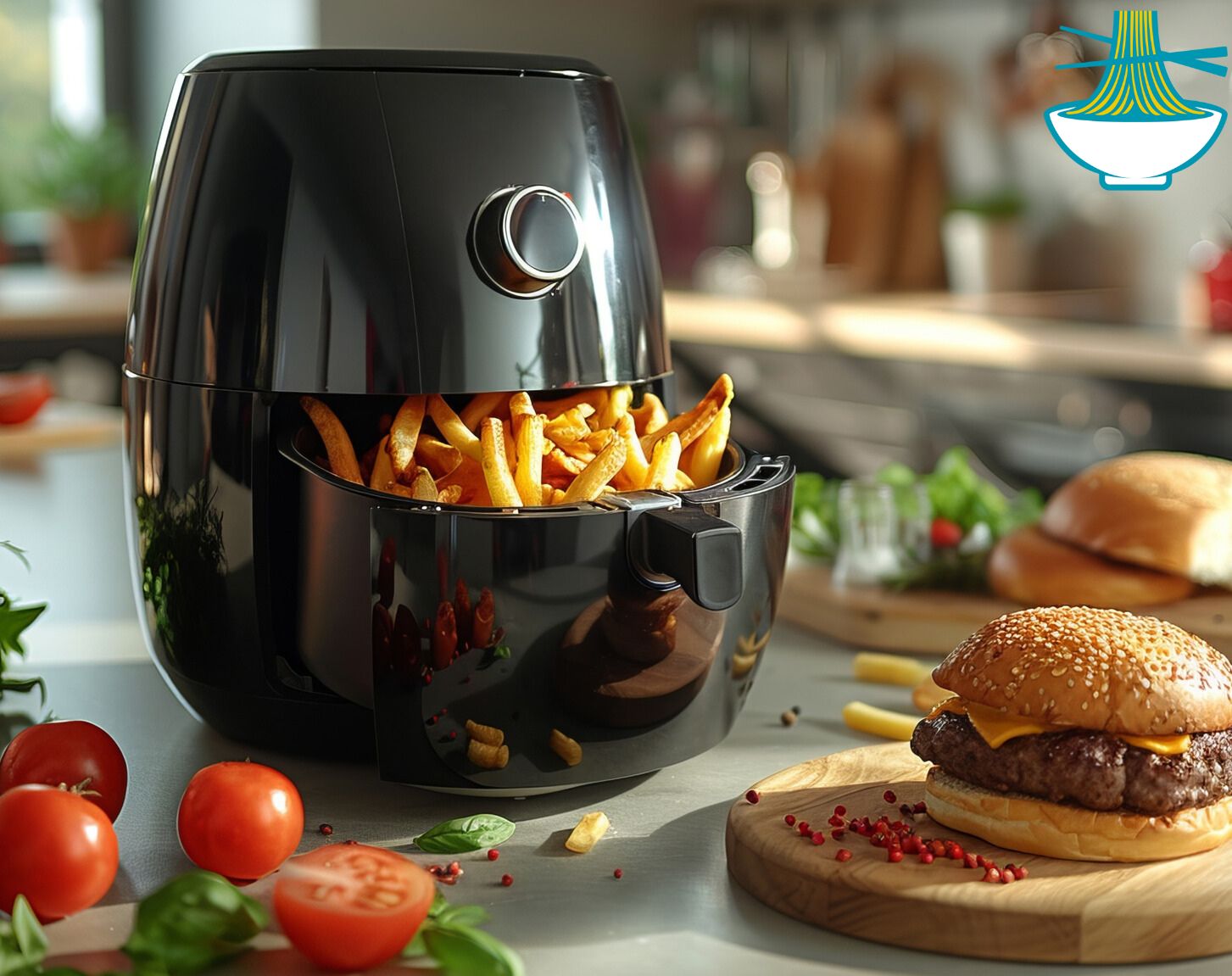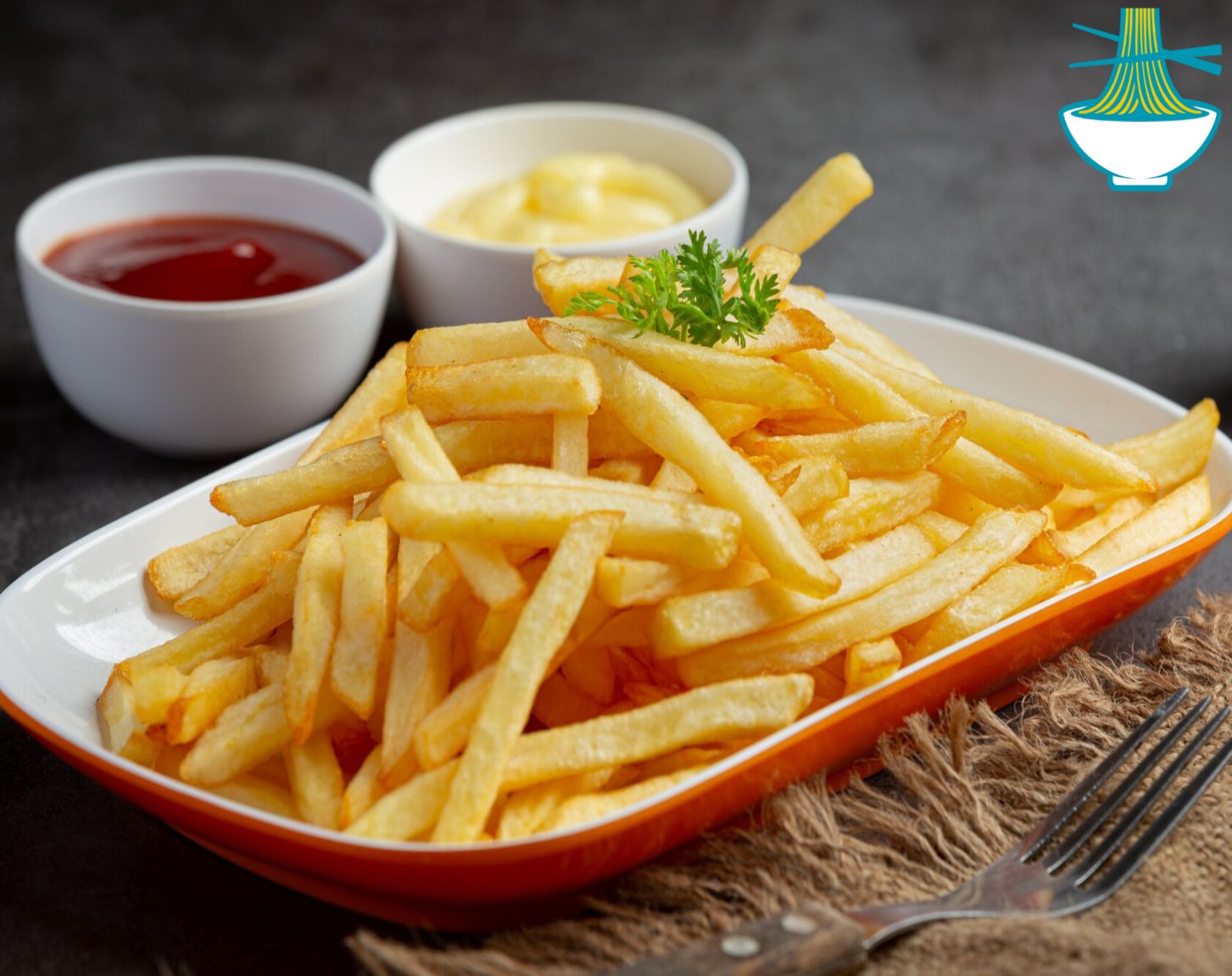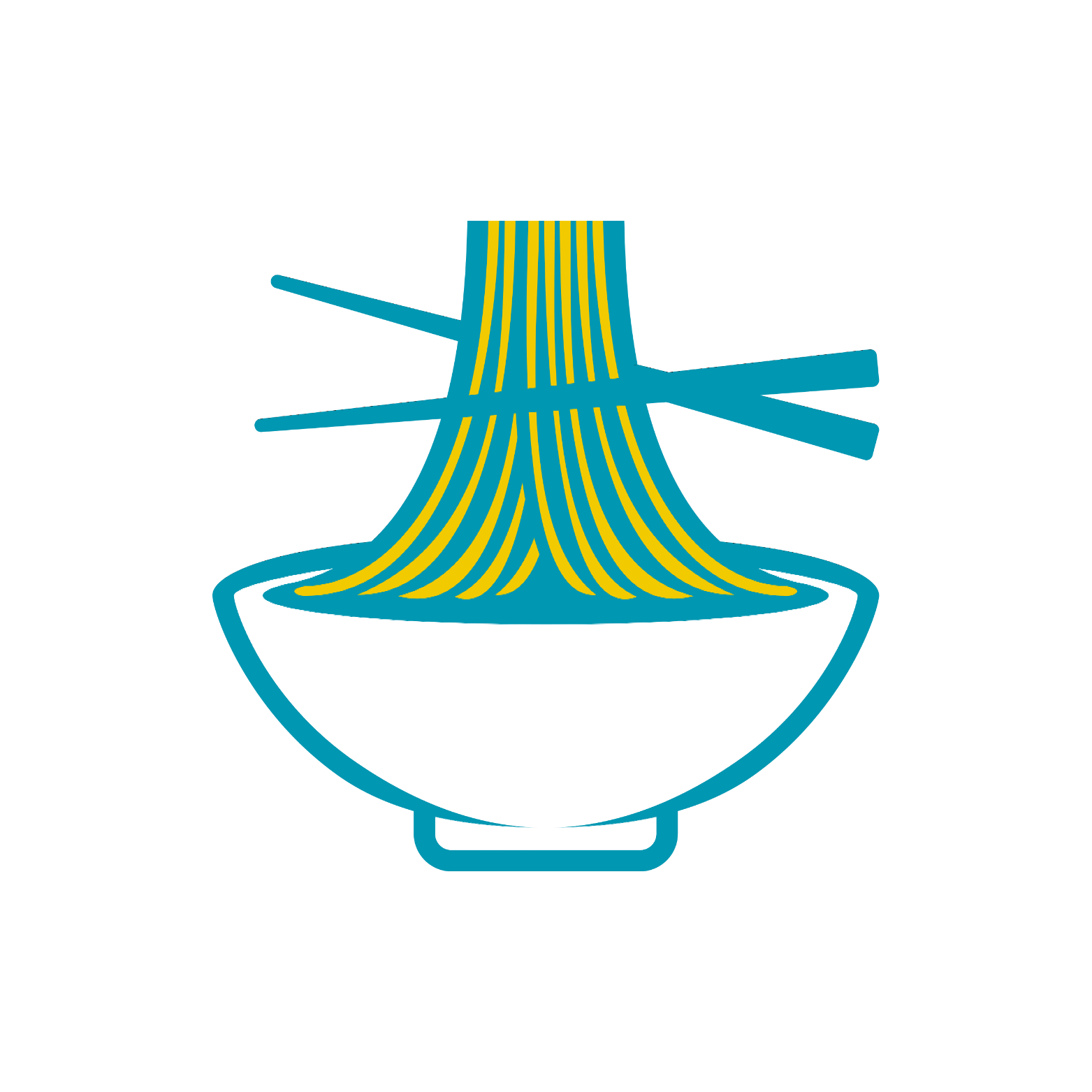If you're looking for a healthier and quicker way to enjoy crispy potatoes, this Air Fryer Potatoes recipe is the perfect solution! Whether you crave golden, crispy fries or tender roasted potatoes, the air fryer will deliver great results with far less oil compared to traditional frying methods.
This recipe is healthier as it reduces the need for large amounts of oil, helping to cut down on fat and calories by up to 80% compared to deep-frying. The air fryer ensures a crispy texture on the outside, while keeping the inside soft and fluffy. It also saves time, making it an ideal choice for those who want a delicious meal in a hurry.
For those following a diet or managing conditions like diabetes, this recipe is a great option. The air fryer uses minimal oil, which helps reduce calorie and fat intake significantly. Moreover, it lowers the formation of harmful chemicals like acrylamide, which is produced during deep-frying and linked to an increased cancer risk. Studies show that air frying reduces acrylamide levels by up to 90%. So, you can enjoy crispy potatoes in a healthier and safer way.

Ingredients:
- 3-4 medium potatoes
- 1-2 tablespoons melted butter (or vegetable oil for fasting) or Extra-virgin olive oil – It helps the potatoes brown and soften as they cook.
- Salt to tast
- Black pepper to taste
- Optional seasonings: (paprika, garlic powder, thyme, or any preferred seasoning)
Instructions:
1. Cut the Potatoes:
- Peel the potatoes if you prefer (you can leave the skin on if you like it).
- Cut the potatoes into thin slices or fries, depending on your preference.
2. Soak the Potatoes:
- Soak the potatoes in water for 30 minutes. This step is crucial because it helps remove excess starch, making the potatoes crispier on the outside and less sticky.
3. Dry the Potatoes:
- After soaking, make sure to dry the potatoes thoroughly using a clean towel or paper towels. Excess moisture will cause the potatoes to stick in the air fryer and affect the crispiness.
4. Season the Potatoes:
- In a bowl, melt the butter on low heat until fully melted or Extra-virgin olive oil . If you're fasting, substitute melted vegetable oil for butter.
- Add the melted butter (or vegetable oil), salt, black pepper, and any additional seasonings you like (e.g., paprika, garlic powder).
- Toss the potatoes in the mixture until they're fully coated.
5. Preheat the Air Fryer:
- Before placing the potatoes in, it's recommended to preheat the air fryer for 5 minutes at 180°C (350°F) to ensure the best cooking results.
6. Place the Potatoes in the Air Fryer:
- Arrange the potatoes in the air fryer basket in a single layer, without overcrowding. It's best to leave some space between the pieces for optimal air circulation.
7. Cook the Potatoes:
- Cook the potatoes at 180°C to 200°C (350°F to 400°F) for 15-20 minutes.
- Important Tip: After about 8-10 minutes, shake the basket or flip the potatoes to ensure even cooking and crispiness.
8. Check for Doneness:
- After 15 minutes, check the potatoes. If they’re crispy and golden on the outside, they’re ready.
- If you prefer them extra crispy, you can extend the cooking time by another 3-5 minutes, but keep an eye on them to avoid burning.
Key Tips and Notes:
- air fryer : If you're still looking for an air fryer, I’ve had a great experience with the Philips 2000 Series Airfryer. One thing I really like about it is the RapidAir technology—it makes food crispy on the outside and tender on the inside without needing a lot of oil. Of course, there are lots of good options out there, but just thought I’d share in case you’re considering one!
- Soaking the Potatoes: This step is essential for getting crispy potatoes. Don’t skip it!
- Drying the Potatoes Well: The potatoes must be completely dry before placing them in the air fryer. Any excess moisture can lead to soggy fries.
- Correct Temperature: High heat is crucial for the best crispiness. Maintain a cooking temperature between 180°C to 200°C (350°F to 400°F).
- Shaking the Potatoes: Don’t forget to shake the basket halfway through to ensure the potatoes cook evenly.
- Don’t Overcrowd the Air Fryer: The air fryer works best when the potatoes are in a single layer with space between them. This ensures even air flow and crispy results.
- Oil Choices: If you are fasting, use vegetable oil instead of butter or olive oil. Vegetable oil is suitable for fasting and will work just as well for crispy results.
By following these tips, you’ll get perfect Air Fryer potatoes with a crispy exterior and tender interior every time!
Frequently Asked Questions (FAQ)
1. Can I use sweet potatoes in this Air Fryer recipe instead of regular potatoes?
Yes, you can absolutely use sweet potatoes! Sweet potatoes work great in the air fryer, and they offer a deliciously sweet flavor that pairs perfectly with the crispy texture. Just keep in mind that sweet potatoes may require slightly less cooking time than regular potatoes, so keep an eye on them and check for tenderness. The nutritional benefits of sweet potatoes, such as being rich in vitamins A and C, make them an excellent, healthier option.
2. How do I prevent my air fryer potatoes from sticking to the basket?
To prevent your air fryer potatoes from sticking, make sure to lightly coat the basket with oil spray or use a parchment paper liner designed for air fryers. Also, remember to shake or flip the potatoes halfway through cooking to ensure even crispiness and prevent sticking. Another trick is to ensure your potatoes are dry before cooking, as excess moisture can cause them to stick to the basket.
3. Can I make crispy air fryer potatoes without any oil?
Yes, it's possible to make crispy potatoes in the air fryer with no oil at all! However, using a small amount of oil will help enhance the crispiness and flavor. If you prefer not to use oil, try brushing the potatoes with a bit of vegetable broth or simply season them without any oil. The air fryer’s high heat will still give them a crisp exterior, though they may not be as golden and crispy as those with a bit of oil.
4. How can I make my air fryer potatoes extra crispy?
To achieve extra-crispy potatoes, cut the potatoes into thinner slices or smaller wedges and make sure they’re dried thoroughly after soaking. Another tip is to toss the potatoes in cornstarch or flour before air frying, which creates an extra crispy coating. Be sure not to overcrowd the air fryer basket, as this allows the air to circulate around each piece for even crisping.
5. What is the best seasoning to use for air fryer potatoes?
The seasoning options for air fryer potatoes are endless! A basic mix of salt, black pepper, and garlic powder is a great starting point. If you want a bolder flavor, try paprika, onion powder, or even rosemary. For a zesty twist, you can use lemon zest and a touch of parmesan cheese. Experiment with your favorite spices to customize the flavor to your liking. Just be sure to toss the potatoes well to ensure the seasonings coat them evenly!

Nutrition Value:
1. 3-4 Medium Potatoes
- Calories: A medium potato (about 150g) contains approximately 110 calories. Therefore, 3-4 medium potatoes would provide around 330-440 calories in total.
- Carbohydrates: Potatoes are rich in carbohydrates, with about 26g of carbs per medium potato. This would amount to 78-104g of carbs for 3-4 potatoes.
- Protein: Potatoes offer a modest amount of protein, with about 3g per medium potato. So, for 3-4 potatoes, you get 9-12g of protein.
- Fat: Potatoes are very low in fat, with about 0.1g of fat per medium potato. For 3-4 potatoes, this amounts to roughly 0.3-0.4g of fat.
- Sodium: A medium potato contains about 10mg of sodium, so 3-4 potatoes would contribute around 30-40mg of sodium, which is very low.
- Cholesterol: Potatoes contain no cholesterol, as they are plant-based.
- Vitamins: Potatoes are an excellent source of Vitamin C, providing about 20% of your daily needs per medium potato. They also contain small amounts of Vitamin B6, folate, and Vitamin A.
- Minerals: Potatoes are a good source of potassium, with one medium potato containing around 620mg of potassium, which is important for heart and muscle function. They also provide iron and magnesium.
- Nutritional Benefit: Potatoes provide energy due to their carbohydrate content and are rich in vitamin C, which supports immune health and skin health. Their high potassium content helps regulate blood pressure and supports cardiovascular health.
2. 1-2 Tablespoons Melted Butter (or Vegetable Oil for Fasting) or Extra-Virgin Olive Oil
- Calories: 1 tablespoon of butter contains about 100 calories, so 1-2 tablespoons would contribute approximately 100-200 calories. Vegetable oil or olive oil also has about 120 calories per tablespoon.
- Carbohydrates: Both butter and oils contain no carbohydrates.
- Protein: There is no protein in butter, vegetable oil, or olive oil.
- Fat: Butter contains about 11g of fat per tablespoon, while vegetable oil and olive oil contain about 14g of fat per tablespoon. This means 1-2 tablespoons would add 11-28g of fat, primarily from healthy unsaturated fats in the oils.
- Sodium: Butter contains around 31mg of sodium per tablespoon, while vegetable and olive oils have little to no sodium.
- Cholesterol: Butter contains cholesterol (around 31mg per tablespoon), while vegetable oil and olive oil are cholesterol-free.
- Vitamins: Butter provides Vitamin A (approximately 6% of daily value per tablespoon) and Vitamin E in small amounts. Olive oil is rich in Vitamin E and contains some Vitamin K.
- Minerals: Olive oil provides small amounts of iron and calcium.
- Nutritional Benefit: Butter provides richness and flavor, but it’s high in saturated fat and cholesterol, so it should be used in moderation. Olive oil, on the other hand, provides heart-healthy unsaturated fats, antioxidants, and anti-inflammatory benefits, making it a great choice for those looking for a healthier fat option.
3. Salt to Taste
- Calories: Salt has zero calories.
- Carbohydrates: Salt contains no carbohydrates.
- Protein: There is no protein in salt.
- Fat: Salt contains no fat.
- Sodium: Salt is primarily sodium chloride, and it is the main source of sodium in diets. 1 gram of salt contains about 400mg of sodium.
- Cholesterol: Salt contains no cholesterol.
- Vitamins and Minerals: Salt does not contain vitamins, but it provides the essential mineral sodium, which helps regulate fluid balance and nerve function.
- Nutritional Benefit: Salt is an essential mineral that helps maintain fluid balance, nerve transmission, and muscle function. However, excessive sodium intake can contribute to high blood pressure, so it’s important to use salt in moderation.
4. Black Pepper to Taste
- Calories: Black pepper has negligible calories, about 6 calories per teaspoon.
- Carbohydrates: Black pepper contains about 1.5g of carbs per teaspoon.
- Protein: Black pepper contains a tiny amount of protein, about 0.2g per teaspoon.
- Fat: Black pepper has about 0.1g of fat per teaspoon.
- Sodium: Black pepper contains trace amounts of sodium, around 1mg per teaspoon.
- Cholesterol: Black pepper contains no cholesterol.
- Vitamins: Black pepper contains small amounts of Vitamin K and Vitamin C.
- Minerals: It also provides iron and magnesium in trace amounts.
- Nutritional Benefit: Black pepper contains piperine, which has antioxidant properties and may improve digestion. It’s also thought to enhance the absorption of other nutrients, such as curcumin from turmeric, making it beneficial for overall health.
5. Optional Seasonings: (Paprika, Garlic Powder, Thyme, or Any Preferred Seasoning)
- Calories: The calorie content of seasonings varies. For example, 1 teaspoon of paprika has about 6 calories, garlic powder has around 5 calories, and thyme has about 3 calories per teaspoon.
- Carbohydrates: Seasonings like paprika and garlic powder contain around 1-2g of carbs per teaspoon. Thyme contains negligible carbs.
- Protein: These seasonings have little to no protein content.
- Fat: Most seasonings are very low in fat. Paprika and garlic powder have around 0.1g per teaspoon.
- Sodium: Some seasonings like garlic powder can contain a moderate amount of sodium (around 1-2mg per teaspoon), while paprika and thyme are very low in sodium.
- Cholesterol: None of these seasonings contain cholesterol.
- Vitamins: Paprika is a good source of Vitamin A and Vitamin C. Garlic powder contains trace amounts of Vitamin B6 and Vitamin C. Thyme is a good source of Vitamin K.
- Minerals: Paprika contains iron, and garlic powder has small amounts of calcium and iron. Thyme is rich in manganese and iron.
- Nutritional Benefit: These seasonings add flavor without significantly increasing calorie count. Paprika is packed with antioxidants like beta-carotene and may support immune health. Garlic powder contains compounds that may support heart health and reduce inflammation, while thyme provides vitamins and minerals that aid in digestion and overall immune function.
By incorporating these ingredients, you'll get a nutritious, flavorful dish that provides essential vitamins, minerals, and antioxidants with relatively low calories and fat.


Comments